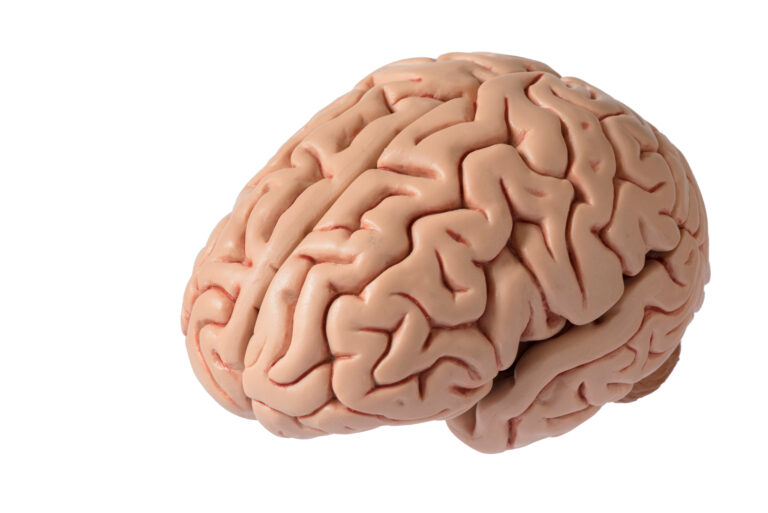### Exploring Computational Models to Understand Alzheimer’s Disease
Alzheimer’s disease is a serious condition that affects the brain, causing memory loss and difficulty with thinking and reasoning. Despite its impact, there is still much to be understood about how it progresses. Researchers are using advanced computational models to simulate Alzheimer’s disease, which could help us better understand the condition and find new treatments.
#### What Are Computational Models?
Computational models are like digital simulations that mimic real-world processes. In the case of Alzheimer’s, these models use data from brain imaging and other sources to recreate how the disease affects the brain over time. This allows researchers to study the disease in a controlled environment without needing to wait for years to see the effects in real people.
#### How Do These Models Work?
One way researchers are using computational models is by analyzing brain imaging data from people with Alzheimer’s. They apply a technique called Multiscale Neural Model Inversion (MNMI) to identify areas in the brain where the balance between excitatory and inhibitory signals is disrupted. This balance, known as the excitation-inhibition (E-I) balance, is crucial for normal brain function. In Alzheimer’s, this balance is progressively disrupted, leading to problems with memory and thinking[1].
Another approach involves using virtual reality (VR) to test spatial navigation skills. People with Alzheimer’s often have trouble navigating familiar places, which can be a sign of the disease. VR technology allows researchers to create virtual mazes that patients can navigate, providing a more accurate test of spatial navigation skills than traditional paper or computer-based tests. This method can help identify early signs of cognitive decline and potentially diagnose Alzheimer’s earlier[2].
#### What Are Researchers Learning?
By using these computational models, researchers are gaining valuable insights into how Alzheimer’s disease progresses. For example, they have found that local inhibitory connections in the brain are more significantly impaired than excitatory ones in people with Alzheimer’s. This disruption leads to a gradual decoupling of neural populations, which contributes to the cognitive decline seen in the disease[1].
Additionally, researchers are exploring the role of microglia, the brain’s immune cells, in Alzheimer’s. Microglia play a crucial role in brain health, but when they behave abnormally, they can contribute to neurodegenerative diseases like Alzheimer’s. Mathematical models are being used to simulate microglia behavior and understand why they might go rogue, which could lead to new treatments[4].
#### What Does This Mean for Future Research?
The use of computational models in Alzheimer’s research is a significant step forward. These models can help identify potential biomarkers and therapeutic targets, which are crucial for developing effective treatments. They also provide a faster and cheaper way to test hypotheses about Alzheimer’s progression, which is essential given the complexity and cost of traditional research methods.
In summary, computational models are revolutionizing our understanding of Alzheimer’s disease by simulating its progression and identifying key factors that contribute to its development. This research holds promise for developing new treatments and improving the lives of those affected by this devastating condition.





